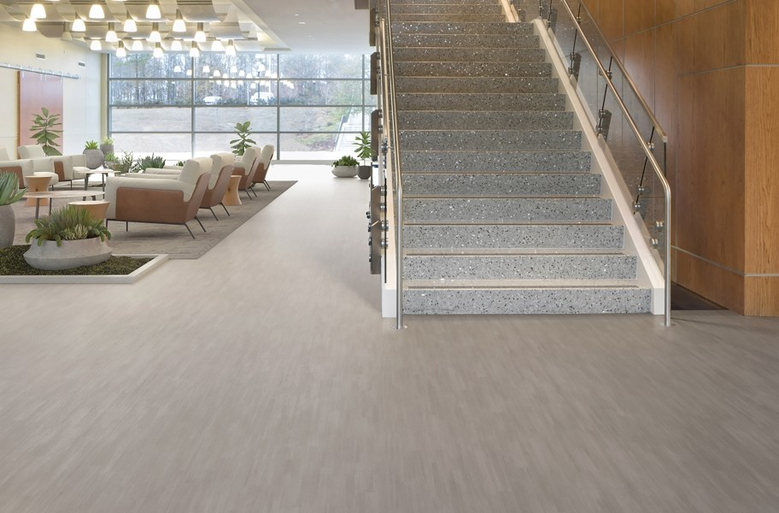
Choosing the right flooring is crucial for any space, whether it's a home gym, a commercial space, or a high-traffic area. Among the many options available, rubber and vinyl flooring stand out as popular choices due to their durability, comfort, and versatility. Understanding the differences between these two materials can help you make an informed decision that best suits your needs.
Let's dive into the key differences between rubber flooring and vinyl flooring.
Material Composition and Durability
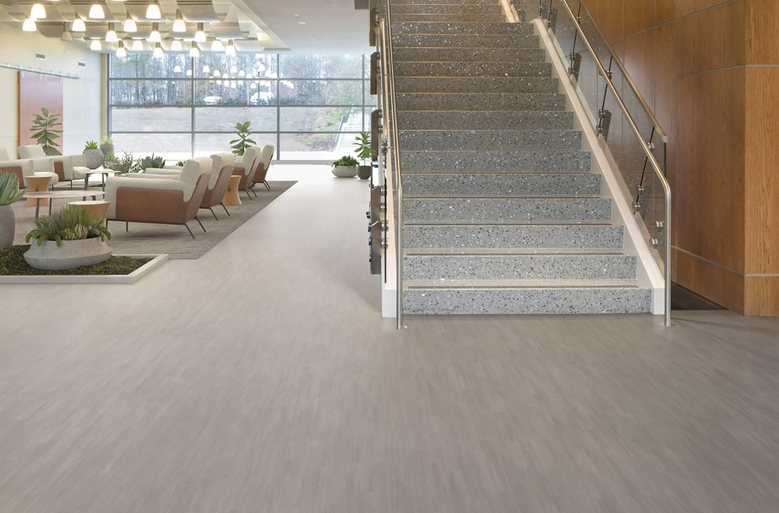

Picking the right flooring involves understanding what it's made of and how long it will last. The flooring material composition and durability are essential because they determine how well the flooring will perform in your space. Knowing whether rubber or vinyl can withstand the specific demands of your environment ensures you make a choice that offers longevity and reliability.
Rubber Flooring


Rubber flooring is made from either natural rubber or synthetic rubber. Natural rubber is derived from the sap of rubber trees and is known for its elasticity and strength.1 Synthetic rubber, on the other hand, is produced from petroleum-based materials and offers similar benefits but often at a lower cost.
Rubber flooring is highly durable and resilient, making it a popular choice for areas that see a lot of wear and tear. It's commonly used in gyms, playgrounds, and commercial settings due to its ability to withstand heavy impact and foot traffic. Additionally, rubber flooring is water-resistant, making it suitable for use in wet areas.
But are rubber mats safe for dogs? In short, the answer is a resounding yes! They provide a comfortable and durable surface for dogs and keep them from slipping on the floor.
Vinyl Flooring
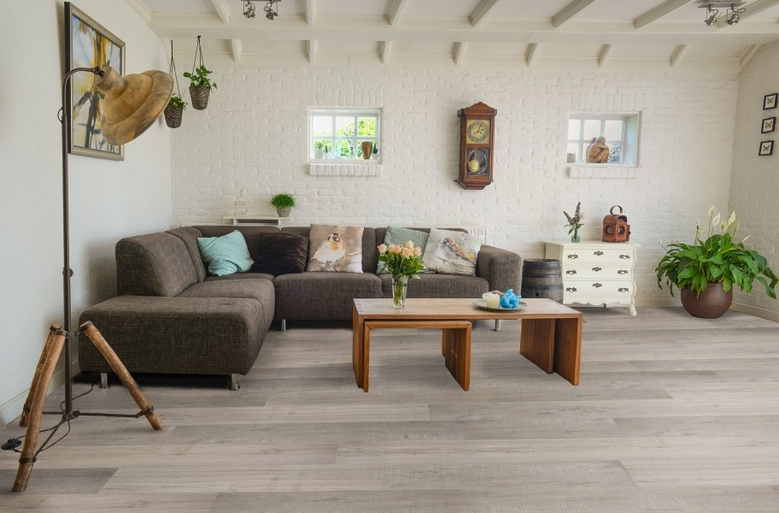

Vinyl flooring is composed of synthetic materials, primarily PVC (polyvinyl chloride).2 It comes in various forms, including vinyl sheets, vinyl planks, and vinyl tiles. Vinyl flooring is known for its durability and wear resistance, particularly in high-traffic areas like kitchens, bathrooms, and commercial spaces.
One of the standout features of vinyl sheet flooring is its resistance to scratches, dents, and stains. This makes it an excellent choice for households with pets and children. Vinyl flooring also offers a wide range of design options, mimicking the look of natural materials such as wood and stone.
Installation and Maintenance
Installation and maintenance are critical factors that impact both the initial effort and long-term care of your flooring. Considering these aspects is essential because they affect the overall convenience and cost-effectiveness of your flooring choice. A straightforward installation process and manageable maintenance routine can save you time and money, making your flooring investment more worthwhile.
Rubber Flooring Installation


Installing rubber flooring can be straightforward, but it requires some preparation and the right tools. Rubber tiles and rubber rolls are the most common forms used for flooring. Here's a brief overview of the installation process:
- Preparation: Ensure the subfloor is clean, dry, and level.
- Measuring and Cutting: Measure the area and cut the rubber mats or rolls to fit.
- Laying the Flooring: Start from one corner and lay the rubber pieces, ensuring they fit snugly.
- Adhesive: Use adhesive for a more permanent installation, particularly in high-traffic areas.
- Sealing Seams: For rubber rolls, seal the seams to prevent moisture from seeping through.
Rubber flooring maintenance is relatively simple. Regular sweeping and mopping with a mild detergent will keep the floor clean. Rubber flooring is also resistant to mold and mildew, making it a low-maintenance option. Here’s a comprehensive guide on how to get rid of rubber mat smell.
Vinyl Flooring Installation
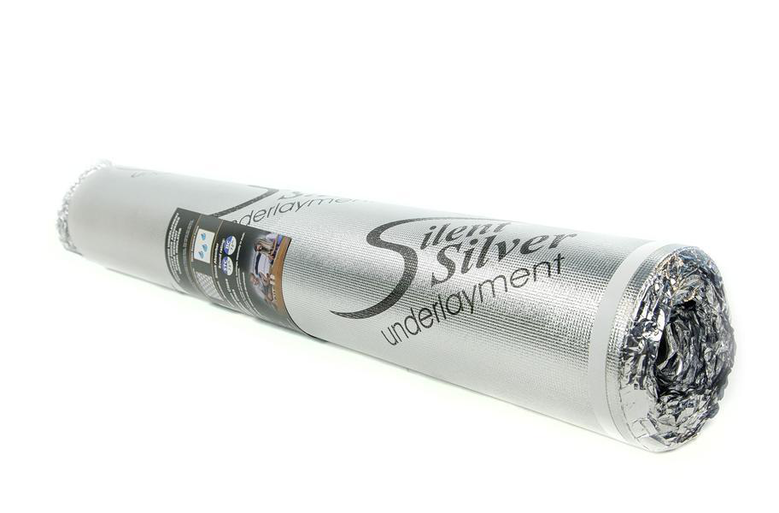

Vinyl flooring is known for its ease of installation, which can often be a DIY project. There are three main types of vinyl flooring: sheet vinyl, vinyl planks, and vinyl tiles. Here's a general guide to installing vinyl flooring:
- Preparation: Like rubber flooring, ensure the subfloor is clean, dry, and level.
- Measuring and Cutting: Measure the area and cut the vinyl sheets or planks to fit.
- Laying the Flooring: Lay the vinyl pieces, starting from the center or a corner of the room.
- Adhesive or Click-Lock: Depending on the type, use adhesive or the click-lock method to secure the flooring.
- Rolling: Use a floor roller to ensure the vinyl adheres properly and to remove air bubbles.
Vinyl floor mats are easy to maintain. Regular sweeping and occasional mopping with a vinyl-safe cleaner will keep the floor looking new. Its water-resistant properties also make it suitable for kitchens and bathrooms. But is rubber flooring waterproof? Here’s an article to answer your question.
Comfort and Safety


The comfort and safety of your flooring are paramount for creating a pleasant and secure environment. These factors are essential because they directly impact the well-being of everyone who uses the space. Flooring that provides adequate cushioning, noise reduction, and slip resistance can enhance comfort and prevent accidents, making your home or business safer and more enjoyable.
Comfort Underfoot
When it comes to comfort, both rubber and vinyl flooring have their advantages. Rubber flooring is known for its excellent cushioning and support, making it a popular choice for areas where people stand for long periods, such as gyms and kitchens. The natural elasticity of rubber provides a soft underfoot feel, reducing fatigue and the risk of injury.
While not as cushioned as rubber, a vinyl floor offers a comfortable walking surface. Luxury vinyl tiles and planks often have a foam or cork backing, adding some level of comfort and insulation. Vinyl floors also provide some noise reduction, making them a good choice for apartments and multi-story buildings.
Safety Features
Safety is a critical factor in choosing flooring, especially in areas prone to moisture or heavy traffic. Rubber floors are inherently slip-resistant, making them a safe option for gyms, playgrounds, and commercial spaces. Their shock-absorbing properties also help reduce the risk of injuries from falls, making them ideal for children's play areas and elderly care facilities.
Vinyl flooring is also designed with safety in mind. It offers good slip resistance, especially when it comes with a textured surface. However, it may not be as slip-resistant as rubber flooring in wet conditions. For added safety, consider vinyl flooring with enhanced slip-resistant features for bathrooms and kitchens.
Cost and Aesthetic Options
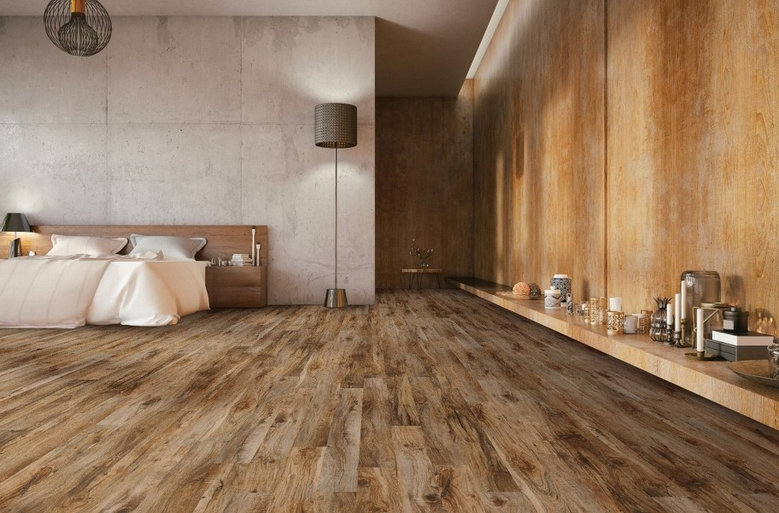

Balancing cost and aesthetic appeal is crucial when selecting flooring. These factors are essential because they influence both your budget and the visual harmony of your space. Understanding the cost implications and design possibilities of rubber and vinyl flooring helps you make a choice that fits your financial plan while achieving the desired look and feel.
Price Comparison
Cost is often a deciding factor when choosing between rubber and vinyl flooring. Generally, rubber flooring tends to be more expensive than vinyl flooring. The price of rubber flooring can vary depending on the type (natural or synthetic), thickness, and quality. Rubber mats and tiles are usually more affordable than rubber rolls.
Vinyl flooring is known for being budget-friendly. The cost can vary significantly based on the type (sheet, plank, or tile), thickness, and design. Luxury vinyl tiles and planks, which offer high-end designs and additional features, can be more expensive than standard vinyl sheets.
Design Versatility
Both rubber and vinyl flooring offer a wide range of design options to suit various aesthetic preferences. Rubber flooring is available in numerous colors and patterns, including speckled and solid designs. It's a popular choice for creating bold, colorful play areas and gym flooring.
Vinyl flooring, on the other hand, excels in design versatility. It can mimic the appearance of natural materials such as hardwood, stone, and ceramic tile. Vinyl planks and tiles offer realistic textures and patterns, making them a popular choice for homeowners who want the look of wood or stone without the high cost and maintenance.
Making the Right Choice for Your Space
At Flooring Inc., we live and breathe flooring, offering a wide range of products to meet your needs. Whether you're looking for durable rubber mats, stylish vinyl planks, or any other flooring solution, we have the expertise and selection to help you make the best choice. Explore our collection and find the perfect flooring for your space today!
Sources
Accuracy is important to us. That’s why all of our content is vetted by flooring experts with more than 13 years of combined experience in the field. We also work to source information directly from flooring manufacturers.
SocFin. Rubber. https://socfin.com/en/rubber/
Omnexus. Comprehensive Guide on Polyvinyl Chloride (PVC). https://omnexus.specialchem.com/selection-guide/polyvinyl-chloride-pvc-plastic#:~:text=Polyvinyl%20Chloride%20


